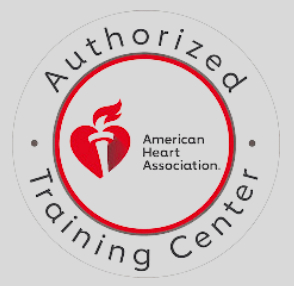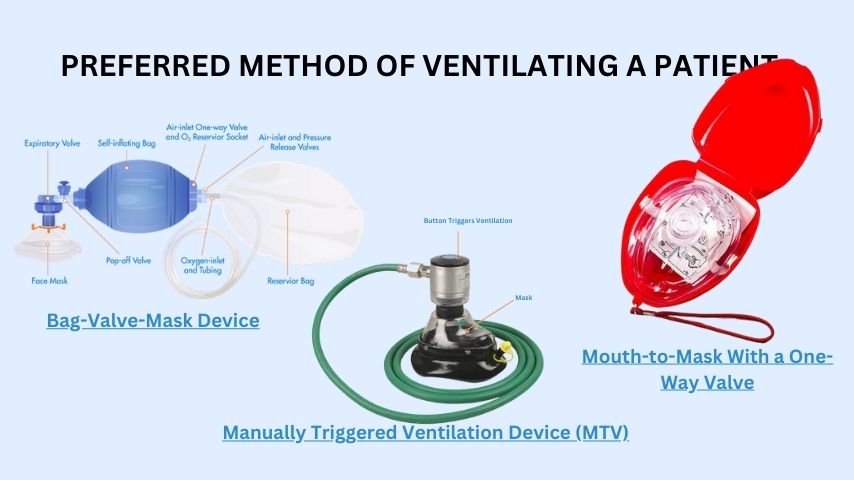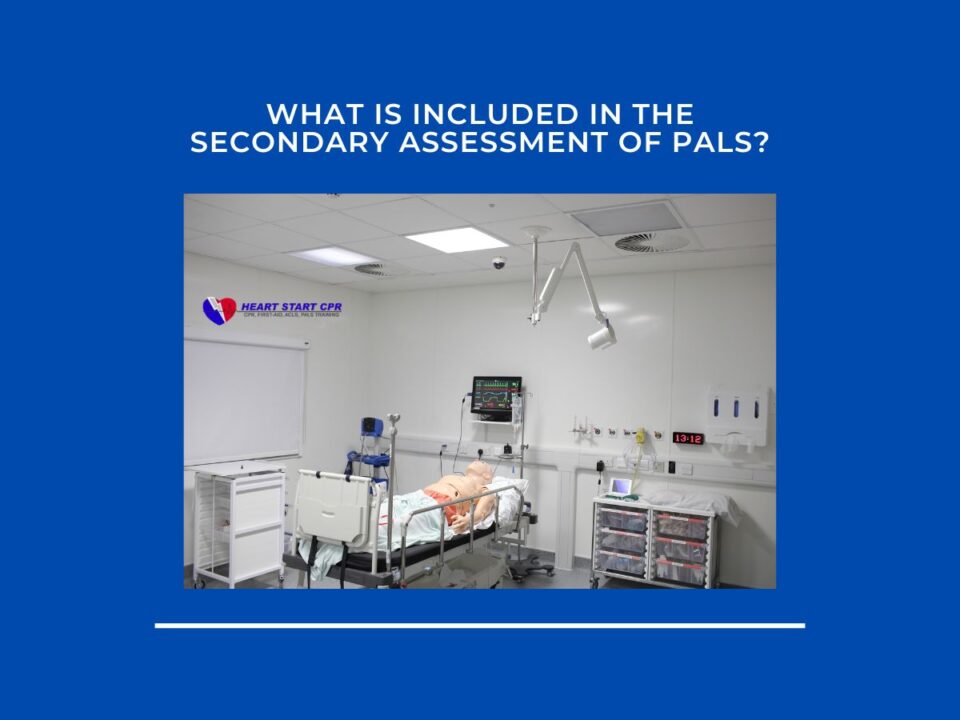
Who Needs BLS Certification?
April 8, 2024
Is BLS Certification Necessary for Entry-Level Nursing Jobs?
April 8, 2024Mouth-to-mouth ventilation is not appropriate in all situations which is why advanced airway management and ventilation is needed to be adopted. The choice of ventilation method depends on the patient’s clinical status, the severity of respiratory failure, the anticipated duration of ventilation, and any underlying medical conditions. The decision of ventilation is typically made by healthcare providers based on careful assessment and consideration of the factors. Some of the most common advanced methods of ventilating patients are:
Mouth-to-Mask With a One-Way Valve
The mouth-to-mask ventilation with a one-way valve is also known as mouth-to-mask resuscitation. The method is used in emergency situations to provide artificial ventilation to individuals who are not breathing or experiencing respiratory distress. This technique is typically employed during cardiopulmonary resuscitation (CPR) or when responding to a respiratory emergency by a skilled certified professional. Medical conditions that indicates the use of mouth-to-mask ventilation are:
- Cardiac arrest
- Respiratory arrest
- Severe respiratory distress
While performing mouth-to-mask ventilation, healthcare providers should take appropriate precautions to minimize the risk of disease transmission, such as using personal protective equipment (PPE) and following universal precautions. Additionally, they should be prepared to transition to advanced airway management techniques if necessary.
It is important to note that mouth-to-mask ventilation is a temporary measure and should be used in conjunction with other lifesaving interventions, such as chest compressions and defibrillation.
Manually Triggered Ventilation Device (MTV)
A flow-restricted, oxygen-powered ventilation device (FROPVD), also known as a manually triggered ventilation device (MTV), is a portable device used to assist ventilation in apneic or hypoventilating patients. It works by manually triggering the device until chest rise is observed, releasing it, and repeating after a five-second interval. The device can be operated by a single rescuer by air tightening the mask.
The device delivers 100% oxygen at a peak flow rate of up to 40 liters per minute and has a pressure relief valve to prevent over-ventilation. While it allows for single-rescuer operation and reduces fatigue, it requires an oxygen source, cannot easily assess lung compliance, and may cause lung tissue damage due to high ventilatory pressures. Additionally, it is contraindicated in adult patients with potential chest trauma and all children.
Bag-Valve-Mask Device
A bag valve mask (BVM), also known as an Ambu bag or manual resuscitator, is a hand-held device used to provide positive pressure ventilation to a patient who is not breathing or breathing inadequately. It is commonly used by healthcare professionals. including emergency medical technicians (EMTs), paramedics, nurses, and physicians. The choice of the ventilating method is specialized during medical emergencies (cardiac arrest, anesthesia, neonatal resuscitation, drug overdose, etc.) or in situations where a patient requires assisted ventilation.
The BVM consists of a self-inflating bag, a non-rebreathing valve, and a mask that covers the patient’s nose and mouth. When the bag is squeezed, the bag valve mask delivers a controlled flow of air or oxygen into the patient’s lungs, facilitating artificial respiration.
When using a BVM, the healthcare provider ensures a tight seal between the mask and the patient’s face, then squeezes the bag to deliver breaths at the appropriate rate and volume based on the patient’s age and condition. The BVM serves as a vital tool in advanced ventilation management, allowing healthcare professionals to assess the patient’s respiratory status, provide oxygenation, and support ventilation until more definitive airway management or mechanical ventilation can be established.
Related Post: What is the Correct Volume of Air to Deliver During BVM Ventilations?
Conclusion
The above advanced ventilating methods should only be used by a trained rescuer who knows the proper use of the device. An article “Basic life support knowledge of healthcare students and professionals in the Qassim University” published in 2014 concludes that the 40% of volunteers who are healthcare students and interns did not identify the correct alternatives to mouth-to-mouth ventilation.
A proper training of identifying and assessing a patient is essential to evaluate and seek for alternate ventilating methods. Join our online BLS training, ACLS certification and PALS certification where we cover the ventilation process, algorithms of care, and proper identification of the situation.






